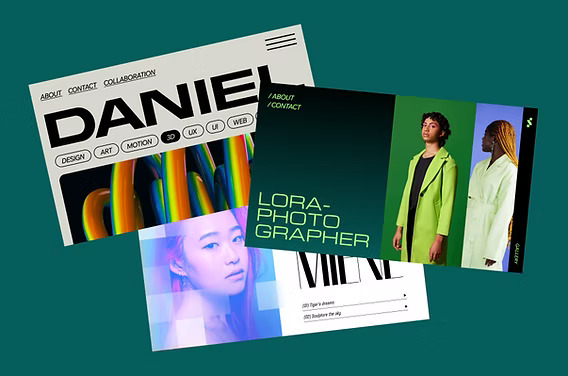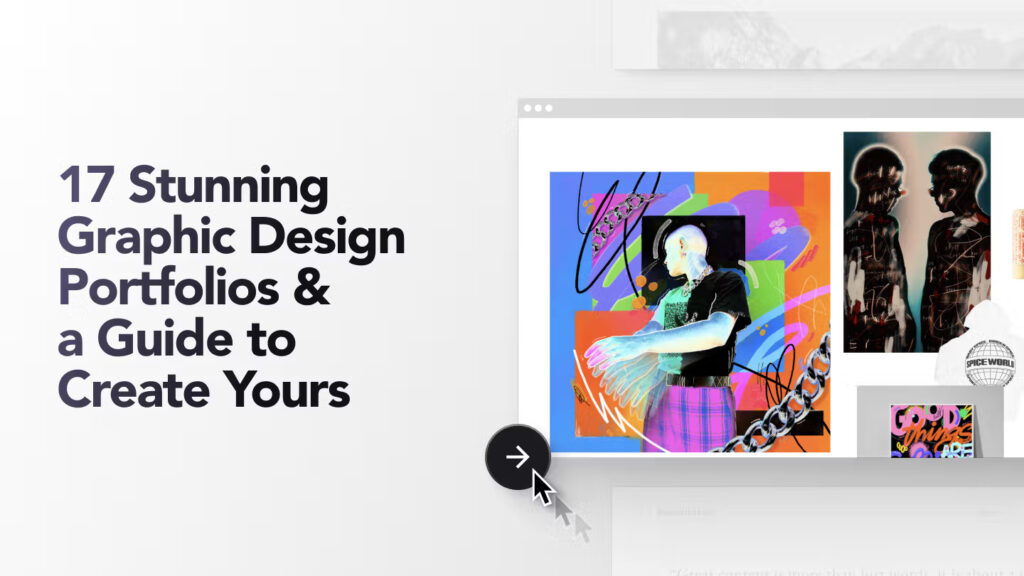
Introduction
In the digital-first world, your graphic design portfolio website is more than just a showcase of your work—it’s your virtual identity. If you’re a designer looking to stand out, then crafting a unique and engaging online portfolio is crucial. It tells your story, highlights your creativity, and convinces potential clients or employers that you are the right choice.
Let’s dive deep into building a result-oriented, creative, and high-performing graphic design portfolio website.
Why a Graphic Design Portfolio Website is a Must
Gone are the days when printed portfolios were enough. Today, businesses search for creative talent online. Your graphic design portfolio website works 24/7 to market your skills. It’s a centralized space where people from anywhere in the world can access your talent, review your work, and hire you.
Key Features of an Effective Graphic Design Portfolio Website
Creating a stunning portfolio is not just about uploading visuals. It’s about how effectively you communicate your value through design, content, and user experience.
1. Strong Visual Identity
Use consistent branding: typography, color palette, and layout that represent your style. Your portfolio itself is proof of your design thinking.
2. Project Descriptions with Purpose
Each project should include:
- Brief overview
- Client goals
- Your approach
- Tools used (like Adobe Illustrator, Figma, Photoshop)
- Outcome and feedback
This shows clients the thought process behind your designs, which is far more powerful than images alone.
3. Mobile-Friendly Layout
Most users browse from smartphones. Your website must look and function well on mobile to avoid losing leads.
4. Fast Load Time
Optimize images and eliminate unnecessary code. A slow graphic design portfolio website reflects poorly on your tech know-how.
5. Clear Call-To-Actions (CTAs)
Whether it’s “Hire Me”, “Book a Call”, or “View Resume”, direct your visitors with CTAs that convert.

Human Insights: What Clients Really Look For
Clients don’t just want good designs—they want to solve business problems. Your portfolio should reflect that you understand their goals.
Example: Instead of just showing a redesigned logo, explain how the new design improved brand recognition or website engagement. That’s real value. That’s human analysis.
SEO Tips to Optimize Your Graphic Design Portfolio Website
To rank higher in search results, SEO cannot be ignored. Here’s how to make your graphic design portfolio website discoverable:
Keyword Integration
Use the focus keyword naturally in headings, meta tags, and content. Maintain a 2% keyword density.
Meta Title & Description
For example:
- Meta Title: Create a Stunning Graphic Design Portfolio Website | Complete Guide
- Meta Description: Learn how to design a professional graphic design portfolio website that builds trust, boosts visibility, and lands clients.
Internal Linking
Link to blogs, service pages, or testimonials to improve navigation and boost SEO.
Image Alt Texts
Use descriptive alt texts like:
“Homepage of a responsive graphic design portfolio website showcasing brand projects”
Platforms to Build a Graphic Design Portfolio Website
Not everyone knows coding, but that shouldn’t stop you. Use these tools:
- Wix – Beginner-friendly drag-and-drop builder
- Webflow – For advanced custom design
- WordPress – Great for scalability and blog integration
- Adobe Portfolio – Built for designers, synced with Behance
Choose a platform that suits your skill level and design needs.
Mistakes to Avoid
Here are common errors many designers make when building their portfolios:
- Using too many animations that distract instead of adding value
- Having no personal branding – remember, your site should reflect YOU
- Outdated projects that don’t represent your current capabilities
- Not updating regularly – an inactive portfolio kills interest
Avoid these, and your graphic design portfolio website will shine!
How to Build Trust
You can build trust by:
- Sharing client reviews
- Adding a professional photo and short bio
- Displaying any awards, certifications, or workshops attended
- Writing case studies with real results (e.g., “Increased click-through rates by 40%”)
All these elements prove that you have experience and authority in your field.
Final Words
Your graphic design portfolio website is your most powerful marketing asset. It’s more than just an online resume—it’s your personal brand, your pitch, and your proof of excellence. Invest time in telling your design story authentically and professionally.
When built with intention, strategy, and a focus on user experience, your portfolio becomes your most trusted employee—working round-the-clock to help you succeed.
